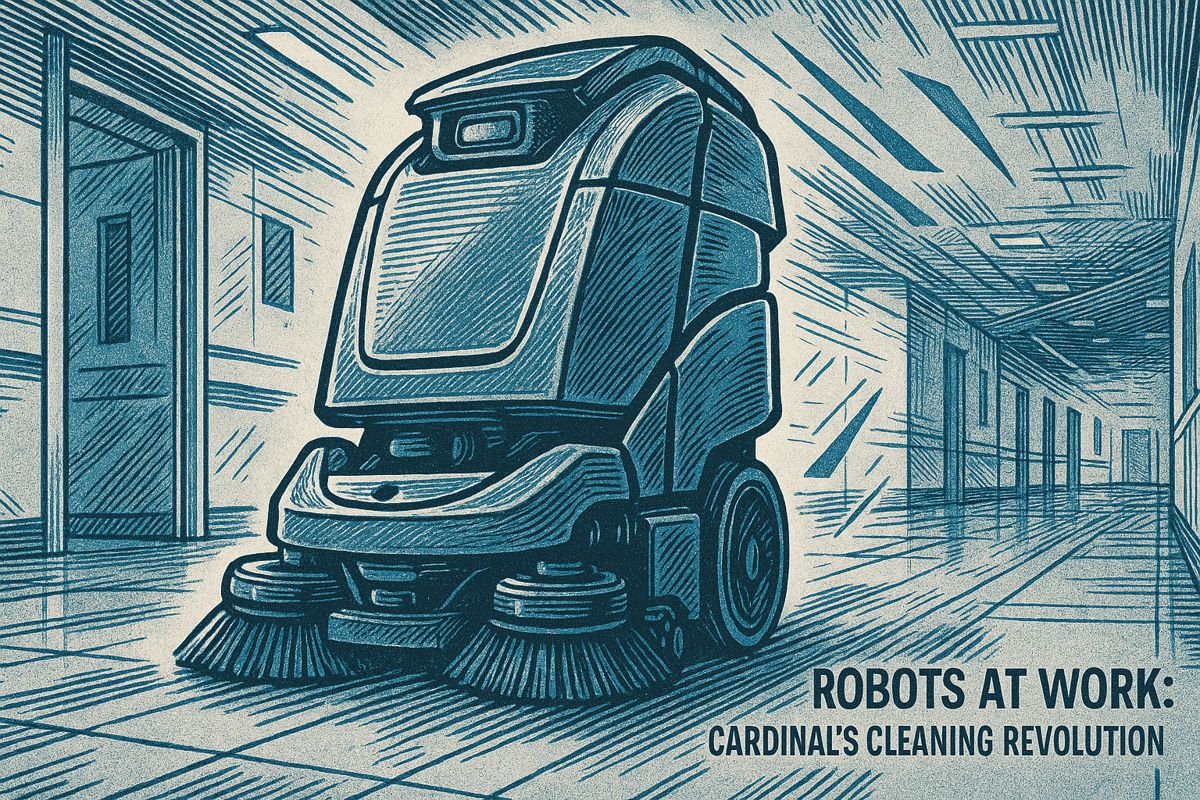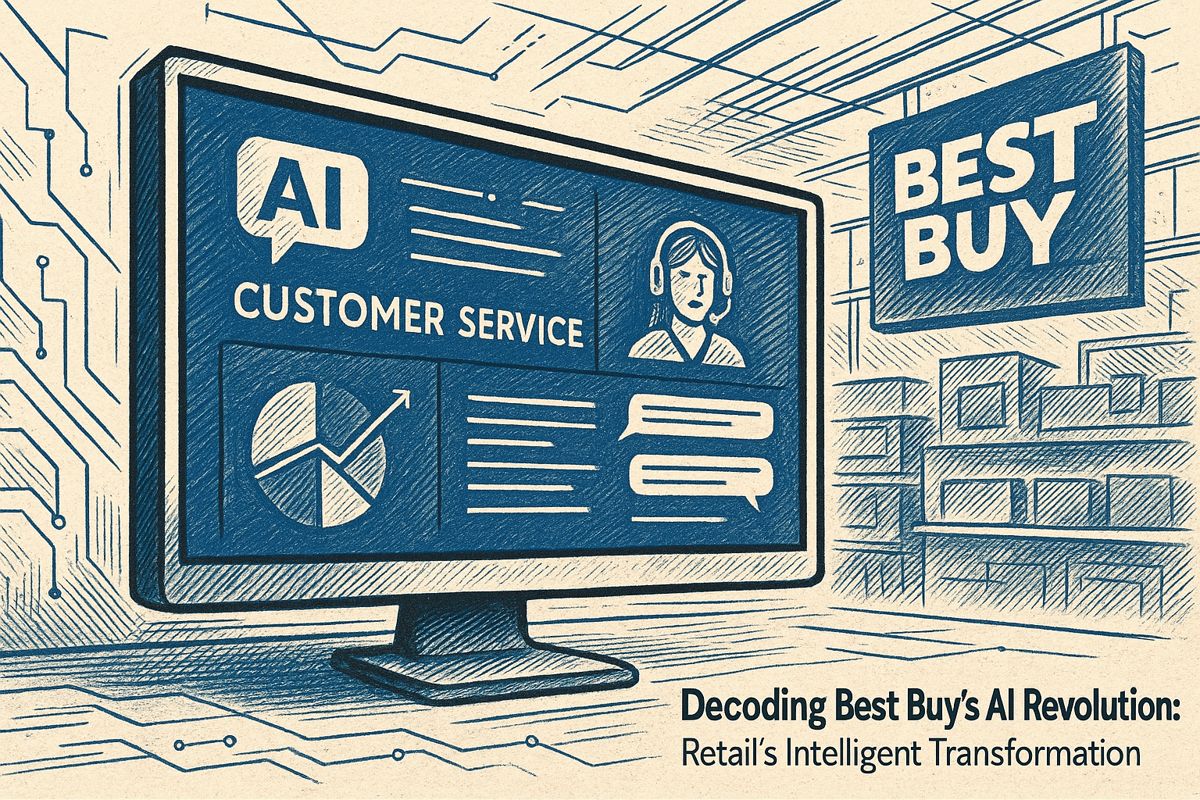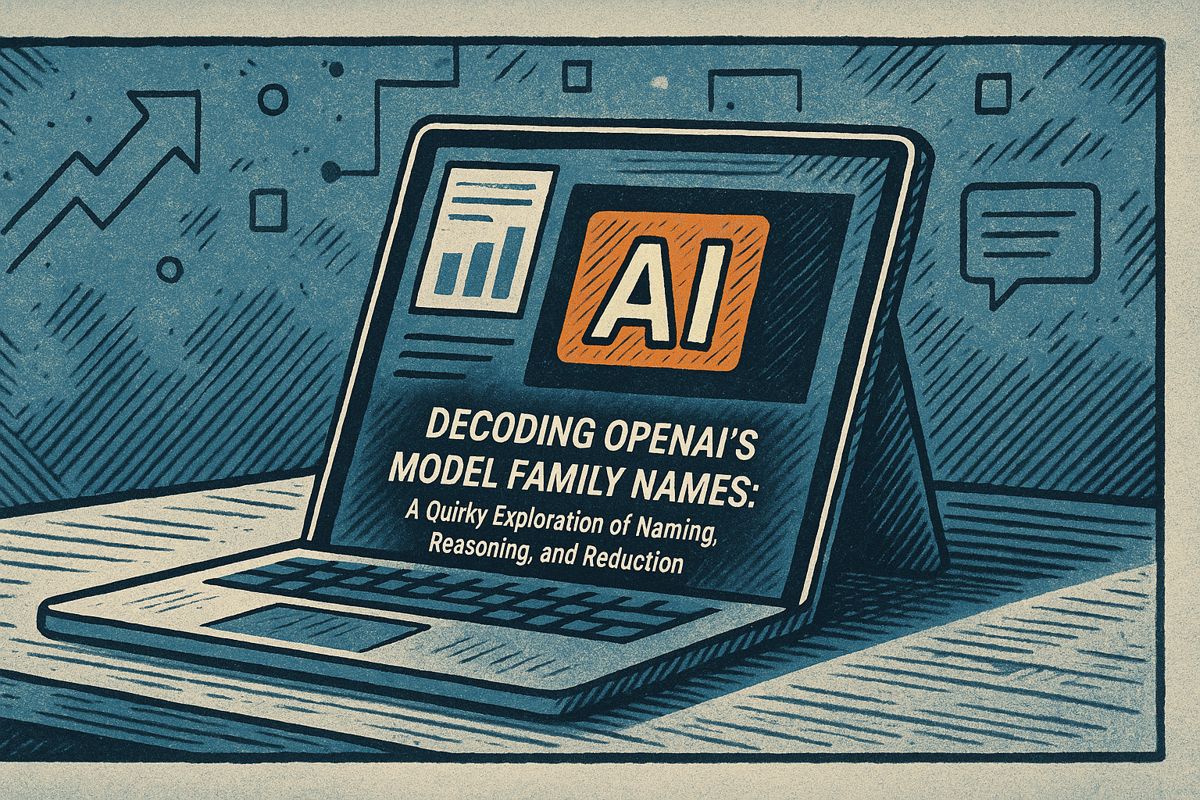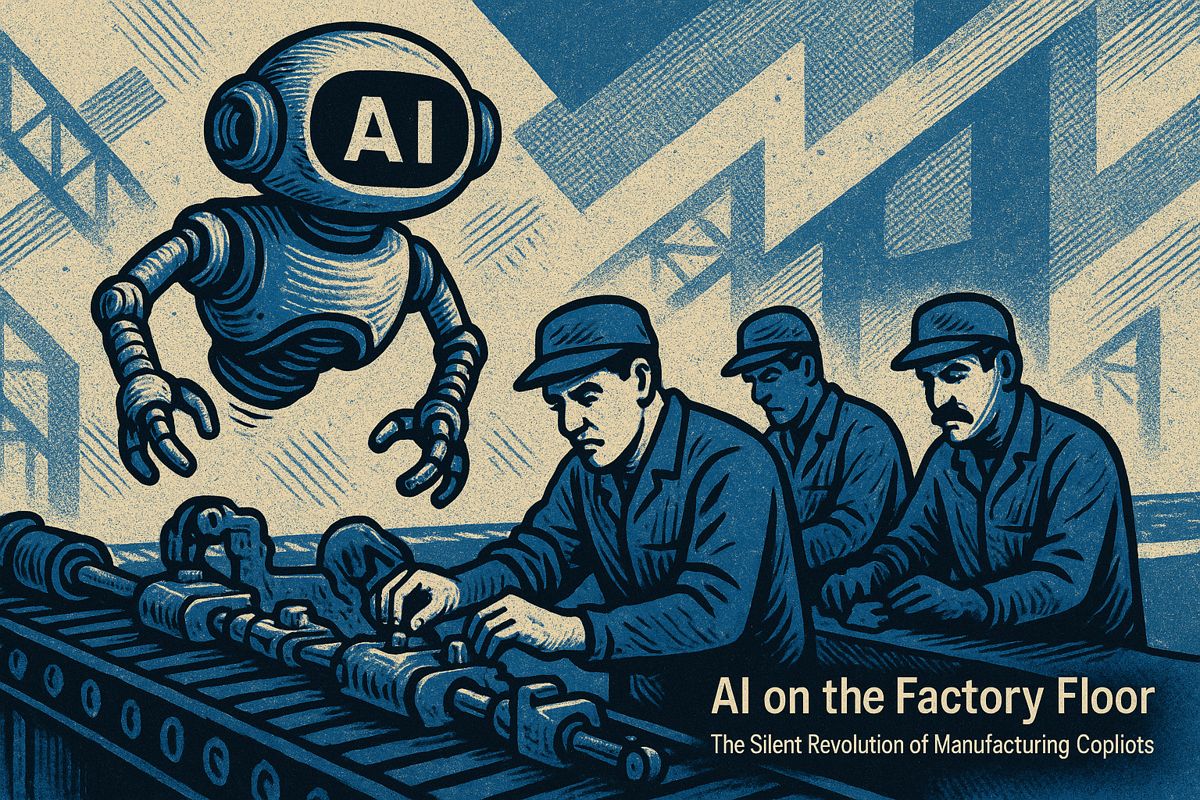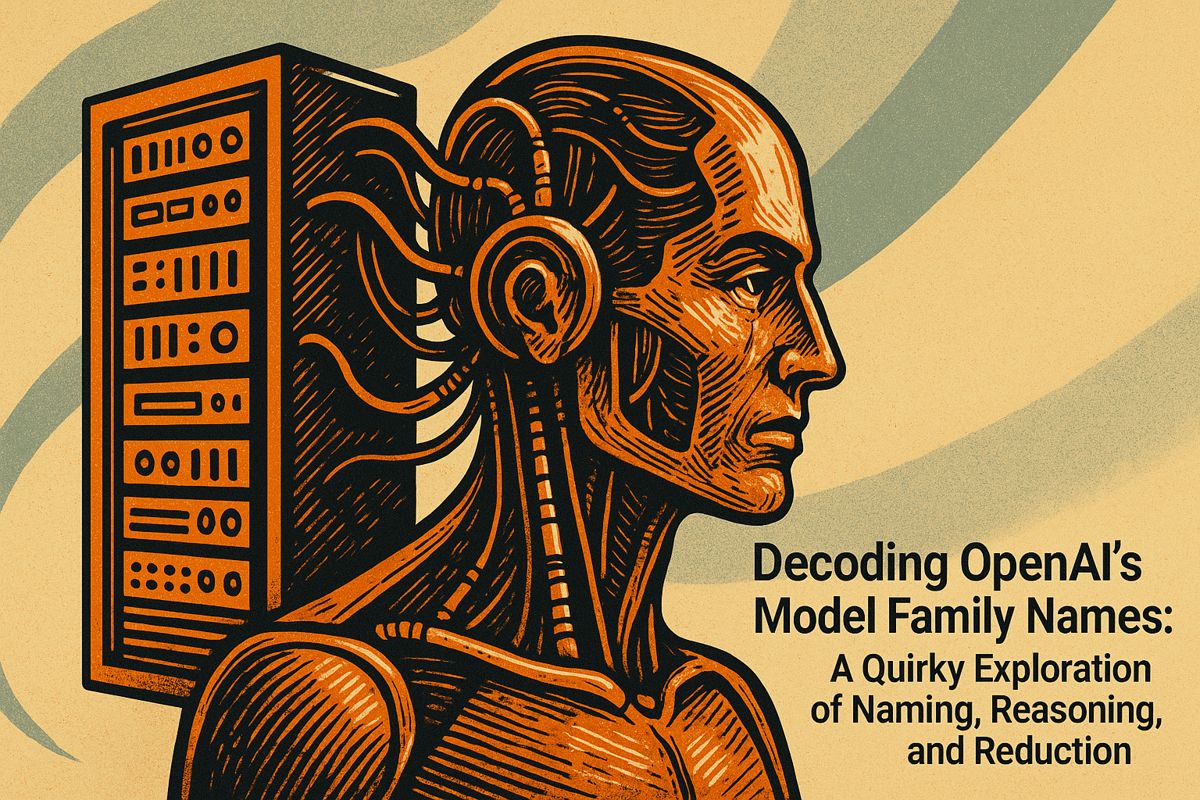Here’s the text with the most important phrase emphasized in markdown bold:
Cardinal Robotics is transforming facility management with advanced autonomous cleaning robots that offer UV-C disinfection and HEPA filtration. The company recently secured a massive $800 million investment from 15 banks, signaling a major leap in robotic cleaning technology. These four-foot-tall robots can dramatically reduce cleaning times, address labor shortages, and operate continuously in commercial spaces like hospitals and warehouses. By providing a high-tech solution to traditional cleaning challenges, these robots are quietly revolutionizing how facilities maintain cleanliness and efficiency. The innovation represents more than just a technological upgrade, but a fundamental shift in how we approach labor and workplace automation.
How Are Robots Transforming Commercial Cleaning and Facility Management?
Cardinal Robotics’ cutting-edge autonomous cleaning robots are revolutionizing facility management by offering UV-C disinfection, HEPA filtration, and uninterrupted performance. With a recent $800 million investment from 15 banks, these four-foot robots are reducing cleaning times and addressing critical labor shortages in healthcare and commercial spaces.
The Quiet Revolution in Cleanliness
Sometimes, I find myself blinking in disbelief at just how fast robotics has zipped from the realm of Star Trek to the beating heart of modern industry. This morning, as the coffee brewed, I caught a headline about Cardinal Robotics landing a jaw-dropping $800 million from a syndicate of 15 banks. Not one, not two—fifteen. That sum pulled me straight back to my first office job, where cleaning was performed at night by underappreciated crews. I can almost hear the drone of the floor buffer echoing beneath harsh, fluorescent lights. Now, that buffer hums as circuitry and steel—and its bank balance is, let’s say, a bit more impressive.
Back in those days, “automation” was just a fancy clock on the coffee pot. Fast-forward to 2024, and a four-foot-tall robot glides silently along linoleum, vacuuming, scrubbing, even zapping germs with UV-C light. Never grumbling, never calling in sick. Last year, I chatted with a facilities manager named Evelyn—she piloted an early cleaning robot after a colleague nearly fell washing windows. The robot, she said, never argued about overtime or heights.
And there’s a sensory detail that sticks with me: the cold, faintly medicinal whiff lingering after a robot completes a disinfecting run, much sharper than the citrus tang left by humans. Oddly comforting, in its own sterile way.
By the Numbers: A New Approach to Funding
Let’s take a moment—and I mean a real pause—to dissect the facts:
Cardinal Robotics raised $800 million, all from a formidable group of 15 banks. This cash mountain is earmarked for those daunting upfront manufacturing expenses that make or break hardware robotics ventures. Their star machines? Four-foot-tall autonomous cleaning robots designed for commercial settings, not your living room. According to TechCrunch and the Wall Street Journal, this is one of the largest injections of capital in the sector’s history. And here’s the curveball: such structured, multi-bank finance is rare in robotics, where venture capital usually dominates the field.
Why does this matter? Because the banks—Goldman Sachs, HSBC, and others—are notoriously skittish about moonshots. Their willingness to get involved suggests Cardinal’s robots are past the “risky prototype” phase and have entered what the bankers might call a mature “asset class.” Structured finance, in this world, is less like flipping a coin and more like counting on sunrise.
Think about the scale: these aren’t Roombas. Imagine the imposing presence of a robot nearly my grandmother’s height, cruising through a Walmart or a Mayo Clinic surgery suite. The bulk matters, too—it allows for serious hardware, like those HEPA filters that snag 99.97% of dust, or UV-C bulbs that can halve disinfection times in operating rooms. The numbers are as crisp as the machines: operating room cleaning times cut from 22 minutes to under 10, with the robot’s quiet whirr replacing shouts across corridors.
Robots, Labor, and the Human Touch
Labor shortages in healthcare and logistics are no mere talking points—they’re a daily migraine for managers. I’ve seen, with my own slightly skeptical eyes, how stretched-thin custodial teams scramble to keep up. Robots don’t tire, don’t trip, don’t gossip about management. And—this caught me off guard—they actually elevate the work that humans do, letting staff focus on tougher, more rewarding problems. It’s not just a productivity boost; it’s a quiet affirmation of human dignity.
If you’re a facility manager, this all comes packaged as Robots-as-a-Service. No eye-watering capital outlay, just a monthly subscription: robot, support, installation, real-time dashboards, all tied up in a digital bow. Sometimes I wonder—does this blur the line between tool and teammate? One director described the reporting as “addictive,” tracking each pass, filter change, and even the air quality with a tap on her tablet. Sounds a bit like a Fitbit for facilities.
And let’s not forget a little humility here—I once dismissed UV-C robots as overhyped gadgets. Turns out, during the COVID-19 pandemic, they became as commonplace in some hospitals as the classic mop and bucket. Lesson learned: sometimes the future sneaks up on you, disguised as a cleaning crew.
A Tectonic Shift in Industry
The competitive landscape has shifted. This $800 million windfall puts Cardinal Robotics shoulder-to-shoulder with names like Boston Dynamics and Intuitive Surgical. It signals to competitors and clients alike that automation isn’t just for the adventurous—it’s becoming the foundation of future facilities, as essential as Wi-Fi or HVAC. And when 15 major banks buy in, it’s almost poetic: a financial leap of faith, a collective bet that these machines can shoulder the drudgery of labor, at scale.
I can’t help but ask: will we someday mourn the old world of cleaning crews, or simply marvel at the robotic tide overtaking our lobbies and hospital wings? The emotional twist here—maybe it’s nostalgia, or maybe just curiosity—keeps me glancing over my shoulder for the next silent sentinel rolling down the hall.
So the next time you step into a building that gleams under the cold glow of LED lights, pause. Listen for the subtle hum. That’s the future, polishing the floor under your feet—and perhaps, in its own way, polishing our expectations of work itself.
A closing thought, unfinished… Where does the human end, and the machine begin?
Dan

